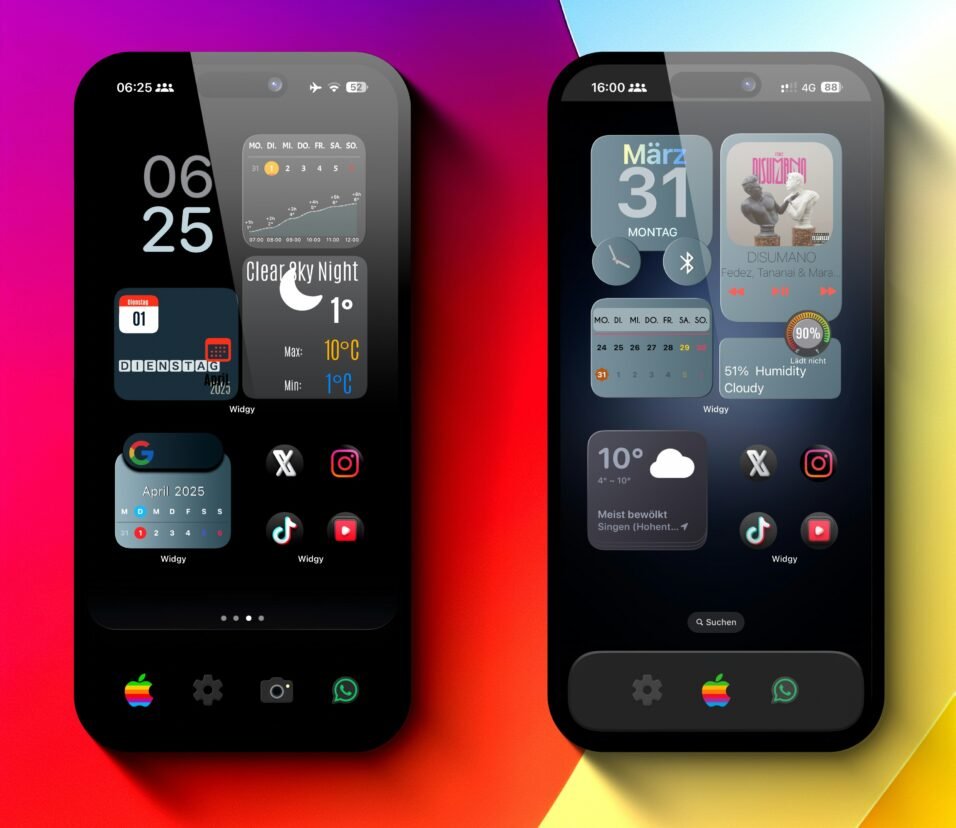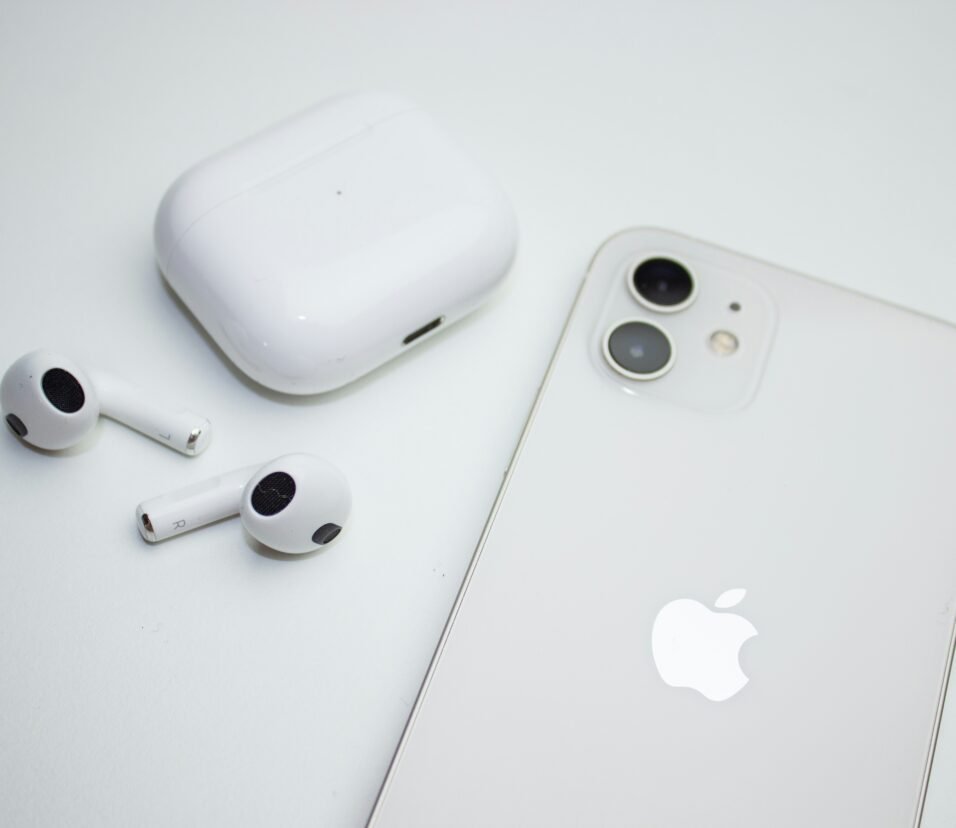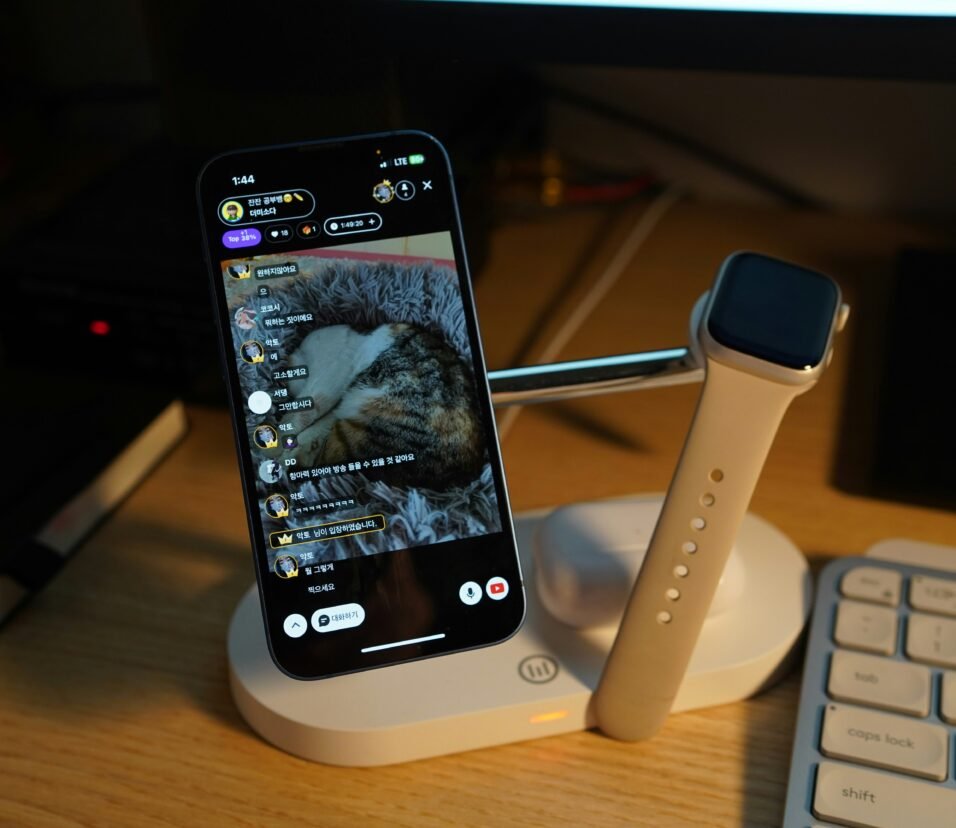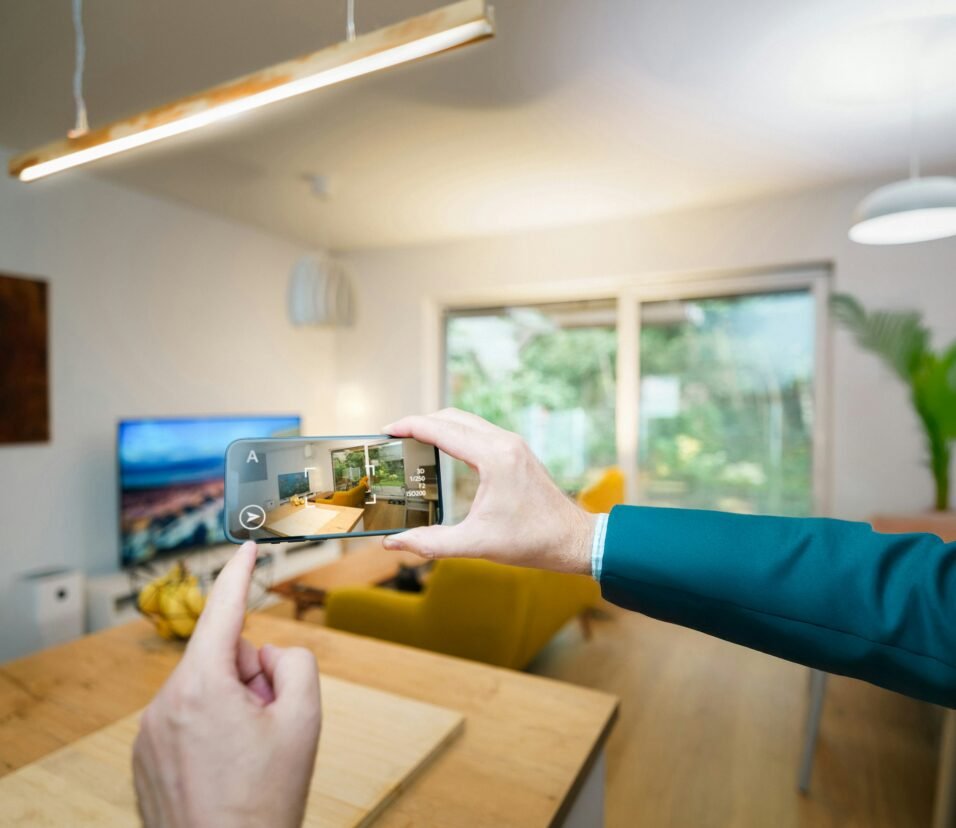Invisible Tech: The Rise of Ambient, Screenless Devices
In a world obsessed with screens, the next wave of innovation is making them disappear. Welcome to the era of ambient technology—where intelligence blends into everyday life.
👀 Introduction: The Problem With Too Much Screen
We wake up to phone alarms, scroll through smartwatches, stare at laptops, and binge-watch on TVs—all day, every day. Screens have become the interface for nearly everything.
But in 2025, a quiet revolution is underway: technology is disappearing.
Not in function, but in form.
From AI-powered homes to context-aware wearables, the most impactful tech today doesn’t demand attention—it integrates seamlessly and invisibly into our environment. It’s called ambient computing, and it’s reshaping how we live.
🧠 What Is Ambient, Screenless Technology?
Ambient tech refers to devices and systems that are always on, context-aware, and quietly assistive—without needing a screen or active input.
Examples include:
- Smart lights that respond to your mood
- Rings that track your health silently
- Voice assistants that understand intent, not commands
- Smart fabrics that adapt to temperature
- Home environments that learn your preferences and respond automatically
🔍 Why Screenless Is the Future
✅ 1. Less Distraction, More Presence
We’re overwhelmed by notifications and information overload. Screenless tech reduces decision fatigue by offering support without demanding interaction.
✅ 2. Frictionless Interaction
Why open an app when your coffee maker knows your morning routine? Ambient tech removes steps by anticipating needs.
✅ 3. Healthier Habits
Constant screen time harms sleep, posture, and mental health. Screenless devices allow us to stay connected without being consumed.
✅ 4. Design Minimalism
No need to hang more screens on walls. Today’s smart homes use hidden sensors and design-integrated tech that keeps environments elegant and clean.
🌟 10 Invisible Devices You’ll See Everywhere in 2025
| Device | What It Does | Why It’s Screenless |
|---|---|---|
| Ultrahuman Ring Air | Tracks sleep, recovery, metabolism | No screen needed—data syncs to your phone silently |
| Amazon Echo Hub | Runs your smart home via voice and gestures | Blends into walls, responds to ambient presence |
| Nanoleaf Skylight | AI-powered ceiling lights that adapt to time and mood | Uses color and brightness, not screens |
| Withings U-Scan | Urine analyzer that lives in your toilet | Delivers health insights discreetly via app |
| Sony LinkBuds | Open-ring earbuds with real-world audio passthrough | Always on, invisible interaction with voice & head nods |
| Smart Thermostats (e.g., Nest) | Adjust room temperature based on patterns | No interface needed once setup is done |
| Google Project Starline (public version) | Realistic 3D video calling with no headset | Uses light field tech—no visible screen or glasses |
| Bosch AI Air Monitor | Monitors air quality and adjusts purifiers automatically | Lives silently in the background |
| Smart Mattresses (e.g., Eight Sleep) | Adjusts firmness, temperature, and sleep data | No screens—your bed just knows you |
| Hue Motion Sensors | Triggers lights and scenes as you move | Feels like magic—lights know where you are |
🏡 Invisible Tech in the Smart Home
Smart homes used to mean bulky hubs and glowing panels. Now? Invisible is in.
🔆 Ambient Light & Sound
- Lights adjust based on circadian rhythm
- Music follows you from room to room
- Alarm clocks simulate sunrise, not jarring buzzers
🧴 Touchless Hygiene
- Smart faucets turn on at your gesture
- Air purifiers kick in automatically when pollutants rise
- Toilets with built-in diagnostics and bidet functions
🧠 Predictive Automation
- Thermostats remember when you like it cold
- Blinds lower when the sun hits your desk
- Voice assistants whisper when you speak softly
🛠️ Core Technologies Powering the Shift
1. Context-Aware AI
Systems that analyze presence, time of day, voice tone, and biometric data to respond appropriately—without asking you anything.
2. Edge Computing
Devices process data locally (on-device) for privacy, low latency, and energy efficiency—no more server roundtrips.
3. Sensor Fusion
Combining motion, voice, temperature, light, and sound sensors into seamless inputs.
4. Low-Power Wireless (Matter + Thread)
Home devices now talk to each other without needing constant Wi-Fi or power. Matter ensures compatibility, while Thread enables mesh networking.
🧠 The Psychology of Invisible Tech
Invisible tech works because it respects your attention.
It’s not there to impress you. It’s there to support you quietly, the way good architecture or lighting does.
- No “dopamine loop” notifications
- No digital clutter
- No extra steps or logins
Just seamless, passive enhancement of your life.








